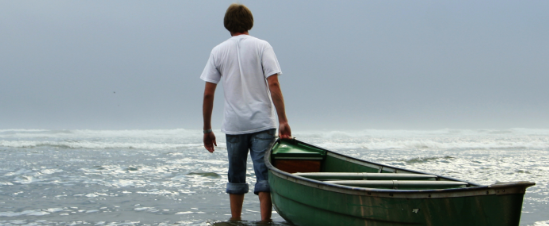Module: Setting Up a Successful Climate Knowledge Platform: A 9-Point Checklist

Learning objectives
After watching this video, you will:
- Have a better understanding of what it takes to set up, and more importantly, maintain a successful climate knowledge platform.
- Know which steps you should take before you can get started.
- Be better prepared for difficulties you may run into while running your platform.
The video
Video produced for CKB, with the support of CDKN and REEEP. This module draws on ideas from an earlier blog post by Catherine Fisher, on 10 Portal Pitfalls.
Examples of good climate knowledge platforms
Examples of good climate knowledge platforms from weADAPT Learn – Share – ConnectA quick checklist
Download a PDF version of this checklist here.
What do you need to consider before setting up your climate knowledge platform?
1. Being clear on your objectives (01:16 in the video)
Ask yourself:
- Why is this platform needed?
- What are the most important objectives for you?
- Is an online knowledge platform the best way of achieving them?
2. Identifying a distinctive niche (02:10 in the video)
Ask yourself:
- How will your platform be different?
- What other websites and platforms are already covering your topic?
3. Narrowing down your audience (02:51 in the video)
Ask yourself:
- Who are your priority target audiences, at least initially?
4. Understanding your audience (03:43 in the video)
Find out:
- What kind of information does your audience need, when, and for what?
- Where are they getting this information from now, and what are they struggling to find?
- How much time do they have to search for things, and then read them?
- What languages are they comfortable with, and how much technical jargon can they handle?
- How easy is it for them to access the internet – are they doing it in the office, at home – on a computer, tablet or smart phone?
5. Generating great content (04:41 in the video)
Ask yourself:
- Who will generate the content on your platform: a core editorial team, partner organisations, your visitors? Or will you pull content automatically from other websites?
- How will the people responsible for the content be incentivised?
- Who will carry out quality control on the submitted content, and what will be the criteria for this?
- How will you make sure the content pipeline keeps flowing over time?
6. Creating effective online communities (06:24 in the video)
Determine:
- The strategies and tools you will use to get users engaged, and keep them engaged.
- Whether it will be possible for you to organise face-to-face meetings as well as online discussions.
7. Getting your staffing right (07:43 in the video)
Do you have people with the following skills? Do they have enough time and motivation to keep the platform going?
- Editing
- Design
- IT
- Subject Knowledge
- Marketing
- Management
8. Clarifying governance arrangements (08:21 in the video)
Ask yourself:
- How and by whom will the every-day decisions be made? E.g.: is this blog post ready for publication?
- How and by whom will the big decisions be made? E.g.: what hot topics will we focus on this year?
- Will the persons responsible be sufficiently available and be able to sign off quickly enough to allow for a smooth running of the platform?
9. Creating a sustainable business model (09:24 in the video)
Ask yourself:
- How will this platform be funded in the long term?
Related resources
- Explore other '101' capacity building modules for climate knowledge brokering
- Turning Information into Knowledge and Action for Climate Change (Report; 2017)
- 10 Portal Pitfalls and How to Avoid Them (Blog by Catherine Fisher, 2010)
- Good practice for online knowledge sharing (Blog by Sukaina Bharwani and Julia Barrott, 2018)
- Words matter – using language & technology to better inform the CCA & DRR communities (PLACARD Policy Brief; 2018)
- The PLACARD Connectivity Hub - A new ‘search and discovery’ tool for CCA and DRR (Tool; 2019)
(0) Comments
There is no content